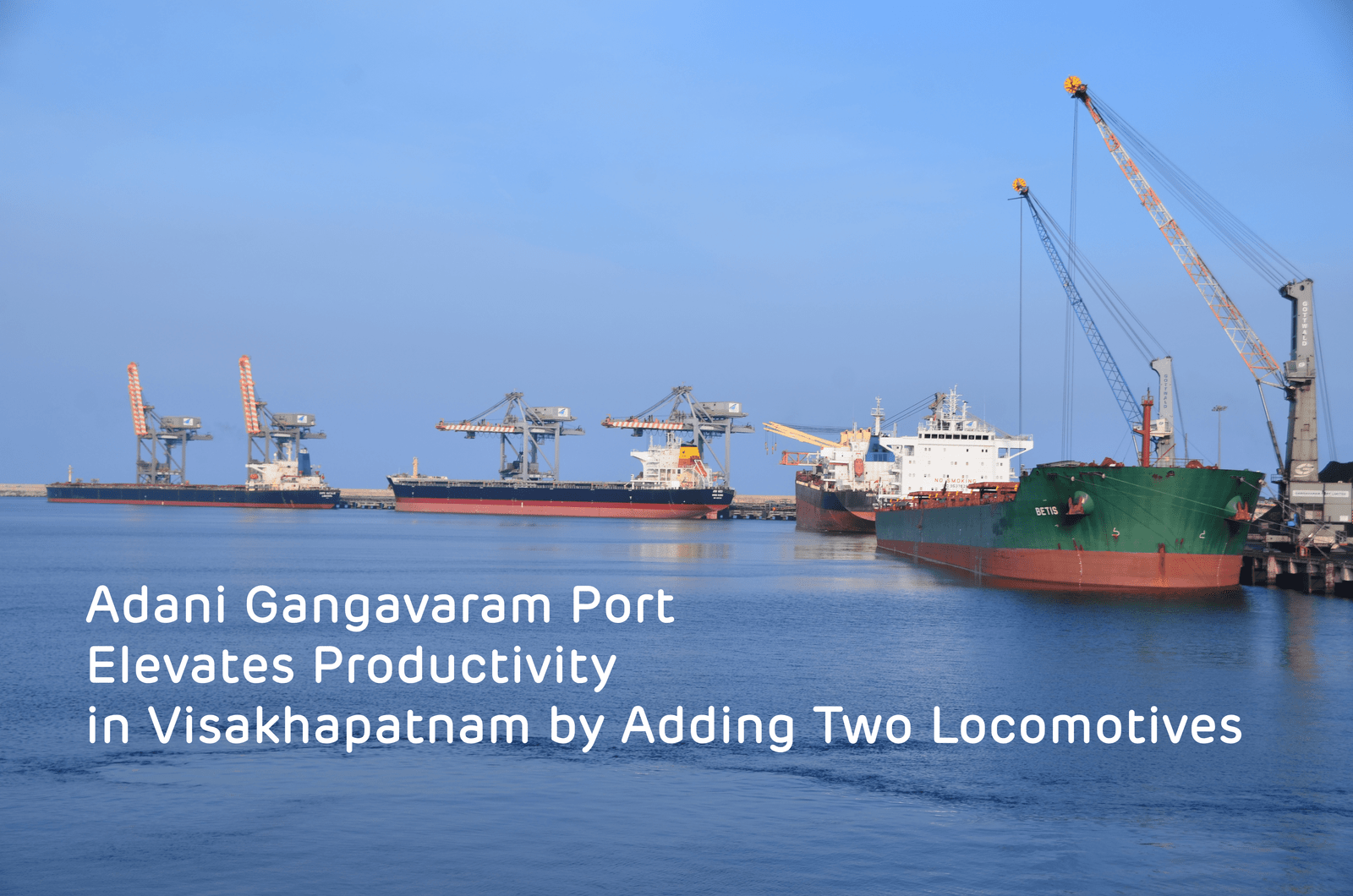As reliance on cloud computing, artificial intelligence (AI) and internet of things (IoT) increases, safeguarding data centres is becoming more and more important. These facilities house very powerful and advanced electrical systems and hence, can pose safety hazards. The scale of data centres is so huge that it can amplify these hazards, putting the building and the staff at risk. Therefore, it is essential to ensure the safety of staff and give high priority to the management of equipment.
AdaniConneX, a 50:50 joint venture between EdgeConneX and the Adani Group, is committed to safety that transcends conventional norms. AdaniConneX data centres integrate global safety standards with cutting-edge technology, placing the well-being of workers at the forefront. They make substantial investments in people, processes, and technology, with a singular focus on creating state-of-the-art data centre infrastructure that inherently prioritize safety.
To increase awareness of cutting-edge technologies like AI and virtual reality (VR) and their use at construction sites, AdaniConneX launched a campaign recently to showcase the benefits of integrating these technologies into safety practices and to highlight their commitment to employee well-being. Safety is a habit that reflects core values of care and commitment. Embodying care, commitment, and a people-first culture through global safety standards and tech interventions, the goal is zero harm and zero leaks.
To achieve this goal, AdaniConnex has in place an AI-based safety analytics tool to monitor construction sites 24×7 through a network of cameras, identifying safety non-compliance across functional zones and activating real-time response. In cases of non-compliance, it triggers an automated, customized five-level escalation system on a centralized dashboard that is swiftly resolved by zonal heads, ensuring adherence to safety guidelines.
To increase safety at sites, a training programme on virtual reality has been designed to make workers aware about high-risk activities and to ensure preparedness at sites. Workers undergo immersive training on high-risk activities like working at heights, lockout tagout, material handling, hot work, excavation safety, and more. Interactive quizzes consolidate their learning and equip them for unforeseen challenges with the aim of redefining conventional training methods.
Then, there is seamless integration of daily activity briefings (DABs) and e-permits to enhance operational efficiency, contributing to a safer working environment. Conducting daily activity briefings using a cross-functional planning tool becomes easy, facilitating on-site preparedness a day in advance, particularly in the case of high-risk tasks at construction sites. The tool provides a visual layout of work areas, identifies exclusion zones, enables project preparedness, and ensures proactive implementation of safety measures. Simultaneously, the e-permit system digitizes approval processes while aligning all stakeholders, thereby reducing time, ensuring traceability, and improving accountability.
Data centres have evolved over the years. From small rooms housing a few servers that mainly stored critical information, these are now purpose-built mammoth facilities that consume huge amounts of energy. The size of a data centre is being scaled from 5 MW-10 MW to 100s of MW, indicating a paradigm shift in their infrastructure design. There is a need to build data centres that can handle a wide range of power density due to the increasing use of AI technologies. There is high impact of high-density racks on the data centre design and technologies. The scale of operations is so massive that the risks can be best addressed by adopting safety, both in design and during operations.










